I want to make an UPS using a LiPo battery for a SIM800l cellular module, I have an SIM800l module attached to a 3.7V wall adapter but I also have connected the SIM800l to a 3.7V LiPo Battery, I want to stop using the battery when there is current from the USB wall charger.
I do not want to use a standard powerbank since these always use the battery.
What about this circuit:
but I would like to know what MOSFET and diode should I choose for a 3.7 Volts input and 3.7 Volts output. Will a BS250P MOSFET work?
